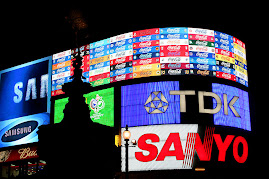The Royal Observatory was built in 1675 by King Charles II with the first stone on 10 August. This building includes a museum of astronomical and navigational tools which is part of National Maritime Museum.
Old Royal Naval College is the architectural centre piece of Maritime Greenwich. The grounds and some of its buildings are open to visitor. The buildings were originally constructed to serve as the Greenwich Hospital, but the Hospital closed in 1869.
The Greenwich Park is one of the largest single green spaces in south-east, it covers 74 hectares. The Park stretches along a hillside and is on two levels. In the centre is the Royal Greenwich Observatory, and to the north is the National Maritime Museum and Queen’s House.
The National Maritime Museum, Old Royal Naval College, The Queen’s House, The Royal Observatory and The Island site forms part of the World Heritage Site. In the Island site there is has been the Market of Greenwich since the 14th century.

Raül D.
Arnau C.
1st BAT B





